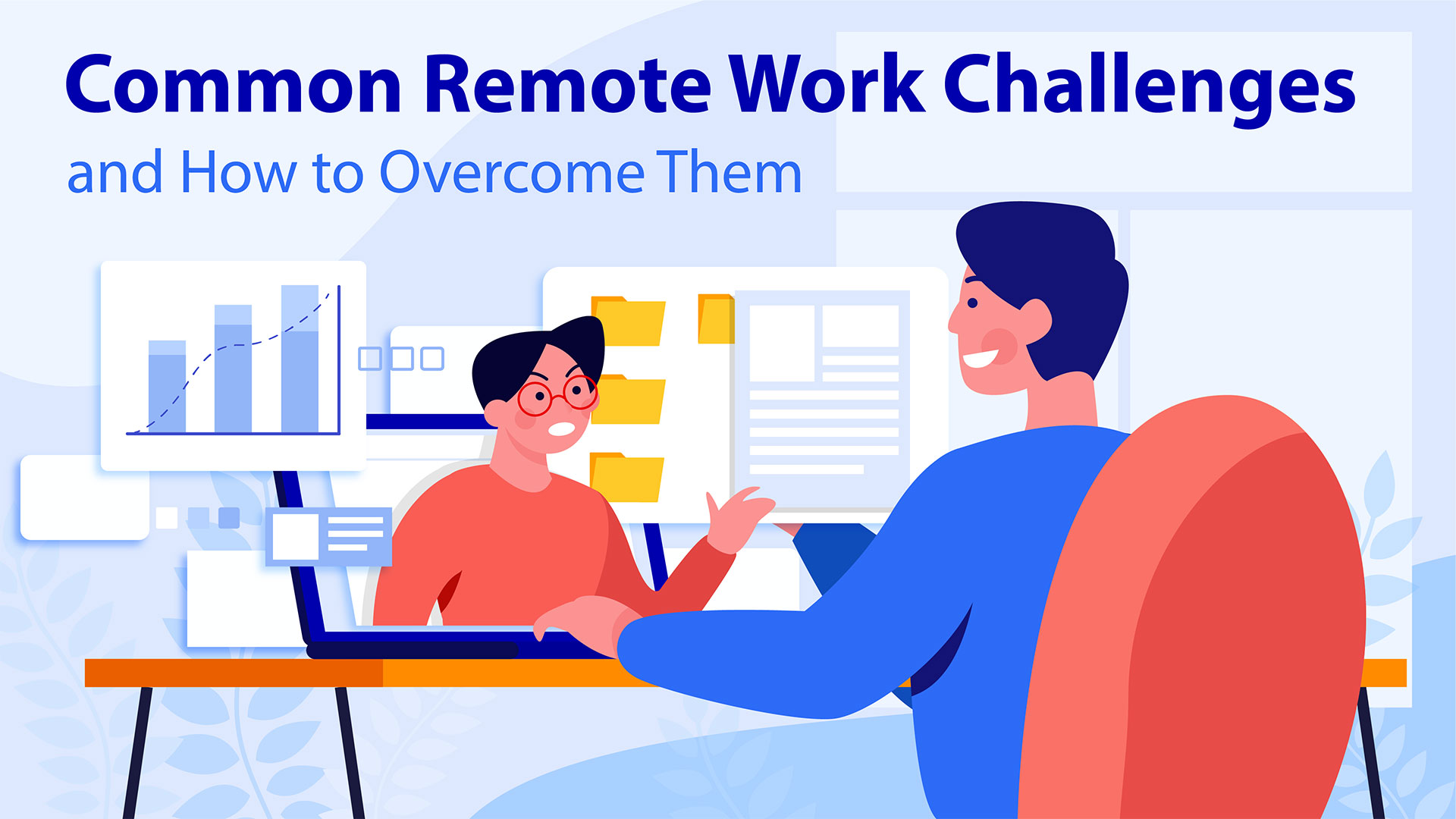

For example, if you tend to have high productivity between 9:30 and 11:30 a.m., don't schedule meetings during that time. You can use that information to your advantage by protecting the hours when you're most likely to get difficult work done. They can also help you figure out what times of day you're most productive versus when you slack off.

When you do, be sure to wrap up earlier than usual or sleep in a bit the next morning to make up for it.Īutomatic time-tracking apps, such as RescueTime, let you check whether you're sticking to your schedule.

Sometimes you need to extend your day or start early to accommodate someone else's time zone. That said, one of the best benefits of remote work is flexibility when the job allows for it. Having clear guidelines for when to work and when to call it a day helps many remote workers maintain a work-life balance. Set a schedule and stick to it.most of the time. Still, many of the core issues we face as remote workers are similar. Each of us faces unique challenges when working remotely, not only because of our different personalities but also due to our various lifestyles and the type of work we do. I wrote a book called The Everything Guide to Remote Work The Everything Guide to Remote Work that goes into incredible detail about all the various aspects of remote work life. Most of my remote work experience happened long before the COVID-19 pandemic. I've worked 100% remotely since 2015, with a few years of partial remote work before that. Some businesses have improved their remote work strategies since then, and some have pushed for a hybrid approach, but the overall sentiment is that remote work isn't going away any time soon. Organizations and individuals didn't have time to prepare for remote work or think about the best ways to transition teams, processes, and culture to an online-only environment. Starting around March 2020, more people than ever before began working from home, most of them with little to no notice.


 0 kommentar(er)
0 kommentar(er)
